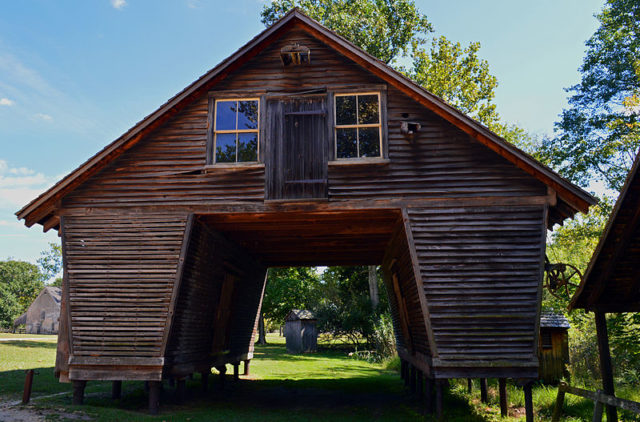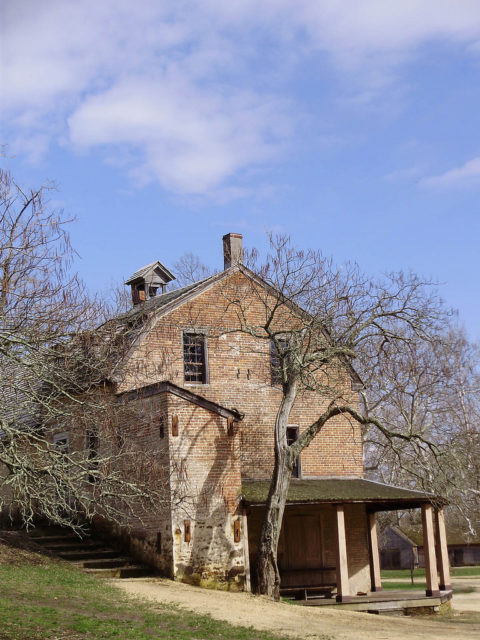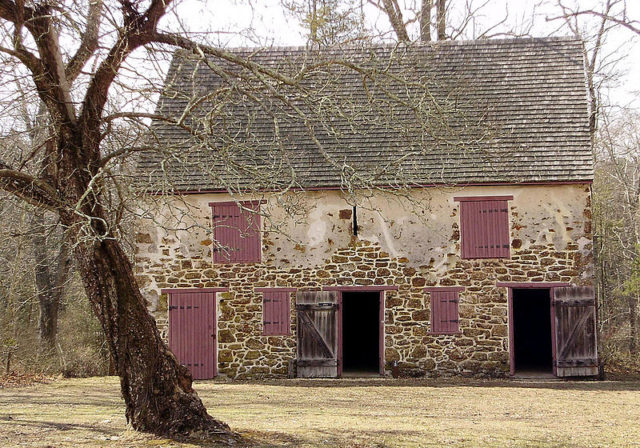Nestled in the South Central Pinelands of New Jersey, Batsto Village stands as a captivating testament to American history, its roots dating back to 1766. Despite the last resident departing in 1989, Batsto Village remains anything but a typical ghost town. This historic settlement, perfectly preserved and restored, exudes an air of recent construction, underscoring its significant cultural and architectural importance.
Batsto Village, under the stewardship of the New Jersey Department of Environmental Protection’s Division of Parks & Forestry, and situated within the Pinelands National Reserve, has earned national recognition for its heritage and beauty. Accessible to the public, this site offers visitors the unique opportunity to immerse themselves in over two centuries of American history.

The village boasts more than forty impeccably maintained buildings and structures. These include a sawmill, gristmill, carriage house, stable, charcoal kiln, general store, ice and milk houses, blacksmith and wheelwright shop, and the iconic Batsto Mansion. The Batsto-Pleasant Mills Methodist Episcopal Church, constructed in 1908, still serves its original purpose, and the village maintains a fully operational Post Office.
The history of Batsto Village is a captivating tale. It began with Charles Read, a prominent ironmaster, who established the Batsto Iron Works alongside the Batsto River, capitalizing on the area’s abundant natural bog ore, plentiful water sources, and vast forests for iron production. As the iron forge expanded and employed more workers, the first residences were erected, gradually transforming Batsto into a self-contained community. Batsto’s involvement in producing supplies for the Continental Army during the American Revolution marked a pivotal moment in its growth

By 1784, the Richards family had taken the reins of the ironworks and village. Over 91 years, they not only operated the organization but also were instrumental in constructing the majority of the structures that endure today. Tenant housing, grist mills, a blacksmith shop, barns, and stables were built to support the community. The Richards family’s dedication to Batsto Village persisted through generations. However, the decline of the iron industry due to the discovery of coal in Pennsylvania led to Batsto’s subsequent foray into glassmaking, ultimately ending in bankruptcy.
In 1876, Joseph Wharton, an industrialist from Philadelphia, became the last private owner of Batsto Village. He was determined to preserve and improve the village, experimenting with ventures like cranberry farming and forestry. Despite his best efforts, the village’s fate remained unchanged, and after his passing in 1909, the Girard Trust Company assumed responsibility for the property.

In the late 1950s, the state of New Jersey acquired Batsto Village with the intention of retaining its last residents. Unfortunately, this effort was insufficient to convince the remaining inhabitants to stay, and the village faced an exodus, with the final resident departing in 1989. Today, although Batsto technically qualifies as a ghost town, it does not carry the desolation typically associated with such places. It continues to draw visitors, not just for the serenity of its surroundings, but also to embark on a journey through the various epochs of the village’s rich history. Batsto Village serves as a living testament to the idea that a place can remain vibrant and etched in memory, even without present-day inhabitants.
